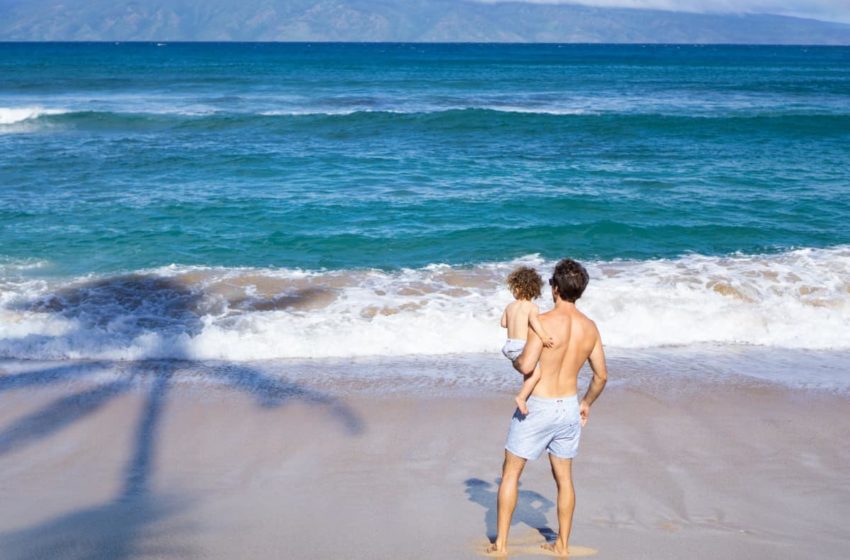Yes, the COVID-19 has changed our lives, and for many, that has meant staying locked up at home, so we’ve visited several months now, but that doesn’t mean you can’t plan the trip of your dreams, and what better experience than whale watching in Maui in January?
Located in the center of the archipelago, Maui is one of the most famous islands of Hawaii. Its landscapes, painted with waterfalls, cliffs, and volcanoes, offer a complex and diverse chromatic range. Nevertheless, if something has catapulted to fame to this island of Hawaii, they are its beaches, the dawn in Haleakala, and the highway to Hana.
Tourism around the world was affected by the pandemic unleashed by the COVID-19. However, Hawaii was one of the most affected destinations because its source of income was restricted entirely. Although several islands were able to prevent the spread of the Coronavirus by being far away and applying drastic prevention measures, they could not avoid the havoc caused by the closure of borders in several countries.
In the case of Hawaii, the U.S. government and specifically the federal administration in these islands implemented strict security measures that still prevail. If you plan to go on vacation with this site as your destination, you don’t have to worry about it; we tell you what you need to take into account to travel to Hawaii.
The Hawaiian government has released several press releases specifying the requirements to enter the islands. Travelers going to Hawaii must complete a mandatory application before their flight to this destination. The digital application requirement “Safe Travels,” within this format, travelers are asked to complete medical and travel information. They are then provided with a QR code scanned at the airport upon arrival to allow access to Hawaii.
This application will request important travel information such as flight number and reason for travel. This health questionnaire, available 24 hours before flight departure, includes questions about the traveler’s health status, including whether or not they have experienced symptoms of COVID-19 and their recent travel history.
“Safe Travels is part of a multi-layered assessment process that includes temperature checks upon arrival and a secondary health assessment for any traveler with temperatures above 37 degrees Celsius. The 14-day mandatory quarantine for travelers to Hawaii remains in effect; travelers who wish to bypass the 14-day compulsory quarantine must obtain COVID-19 test results from a trusted testing partner before departing for the State of Hawaii. If test results are not available before boarding the trip’s final leg, the traveler must remain in quarantine for 14 days or the length of stay, whichever is shorter. The new policy applies to transpacific domestic flights and international flights departing from locations where State of Hawaii pre-test programs are in place. As of October 1, a pre-test program began to eliminate the need for out-of-state travelers to be quarantined upon arrival.
Depending on the days you will spend on your trip to Hawaii on Maui, you can be more or less ambitious (four days is more than enough). Everywhere there is always something you can’t miss, and in Maui, there is, in fact, more than one place. And best of all, there is something for everyone! Relaxed and restful days, adventures on incredible hiking trails, romance, volcanic landscapes, whale watching in Maui in January, surprisingly cold places, and others of a wet and sticky heat to rage, everything!
